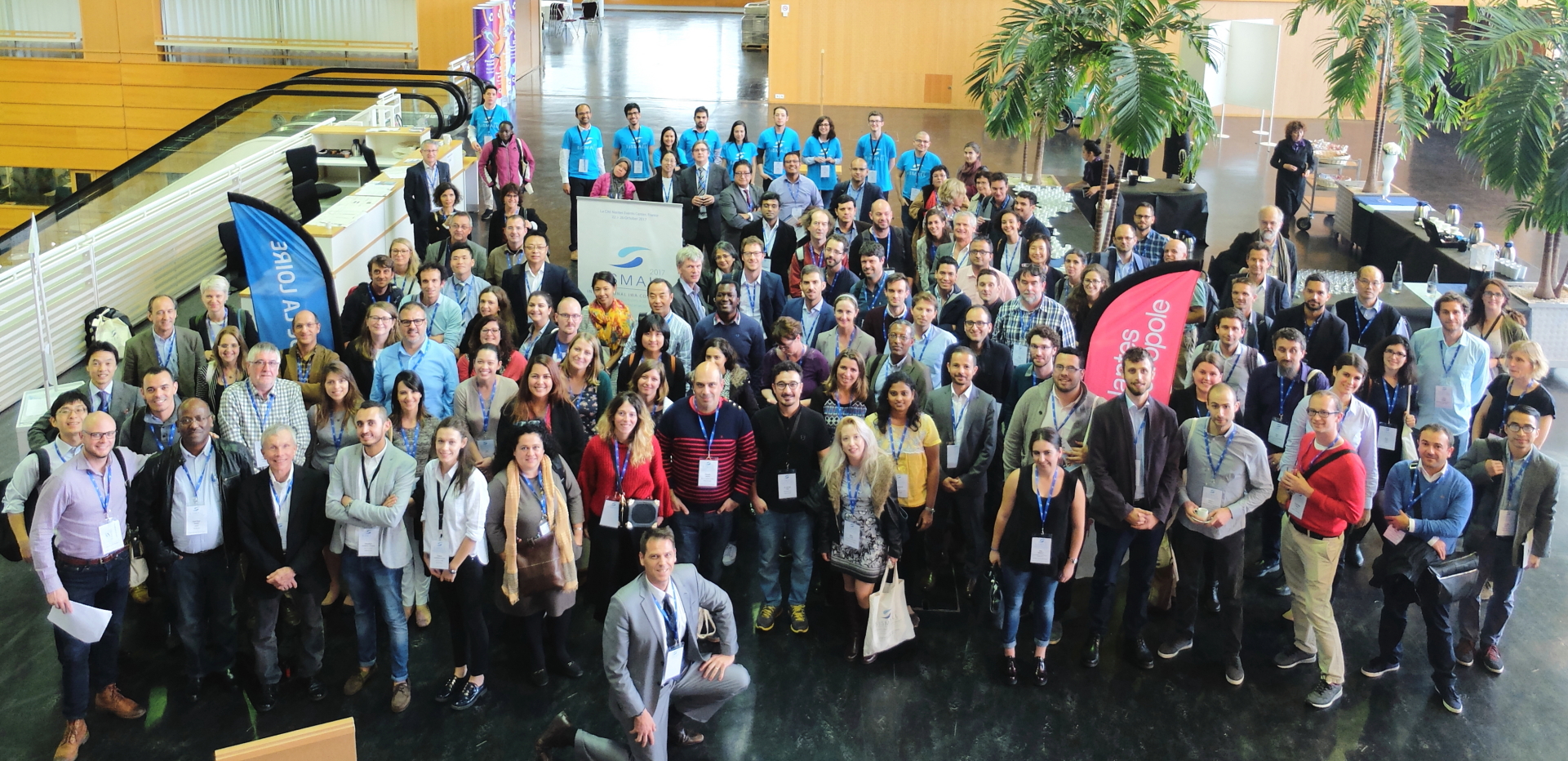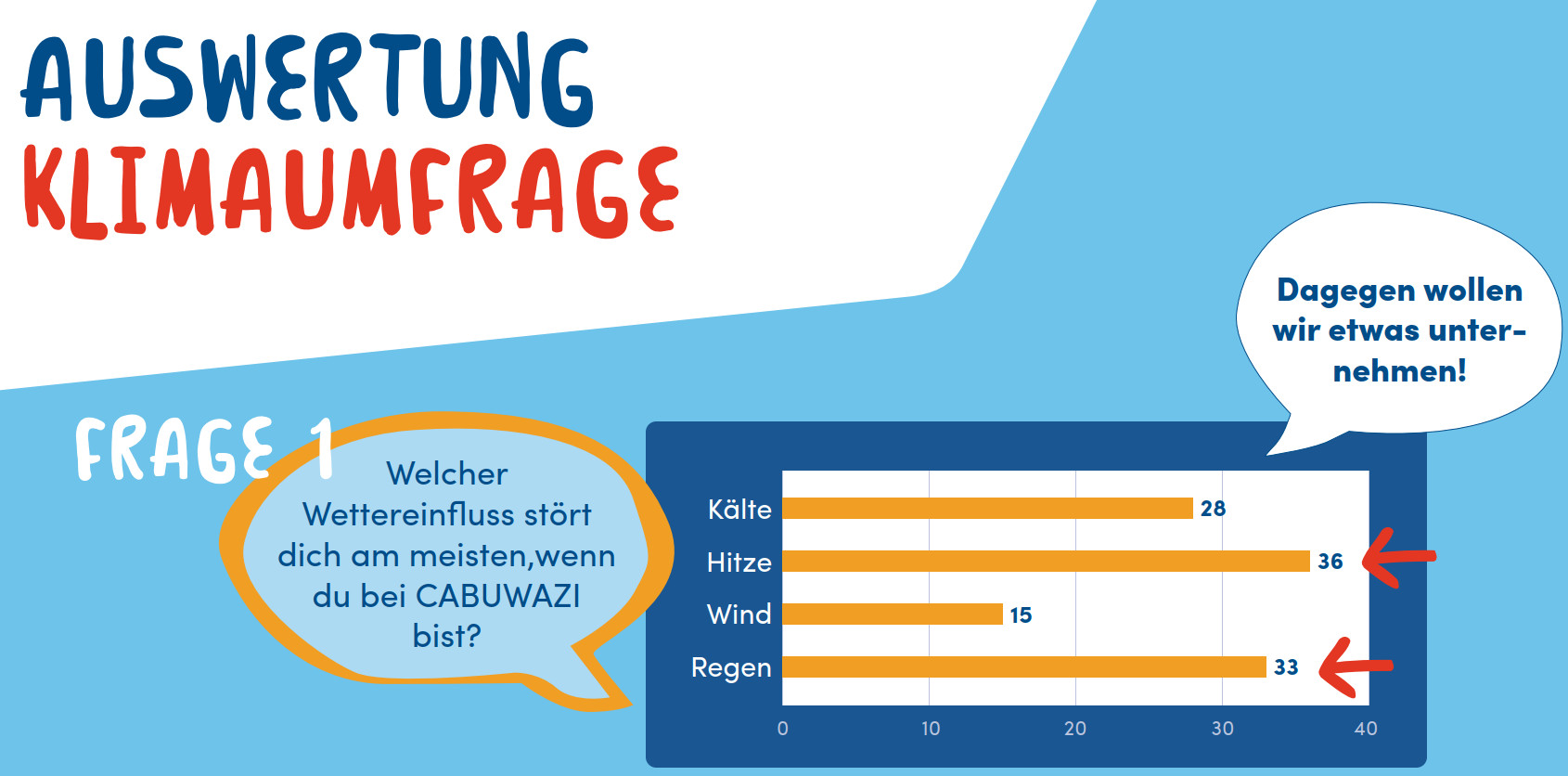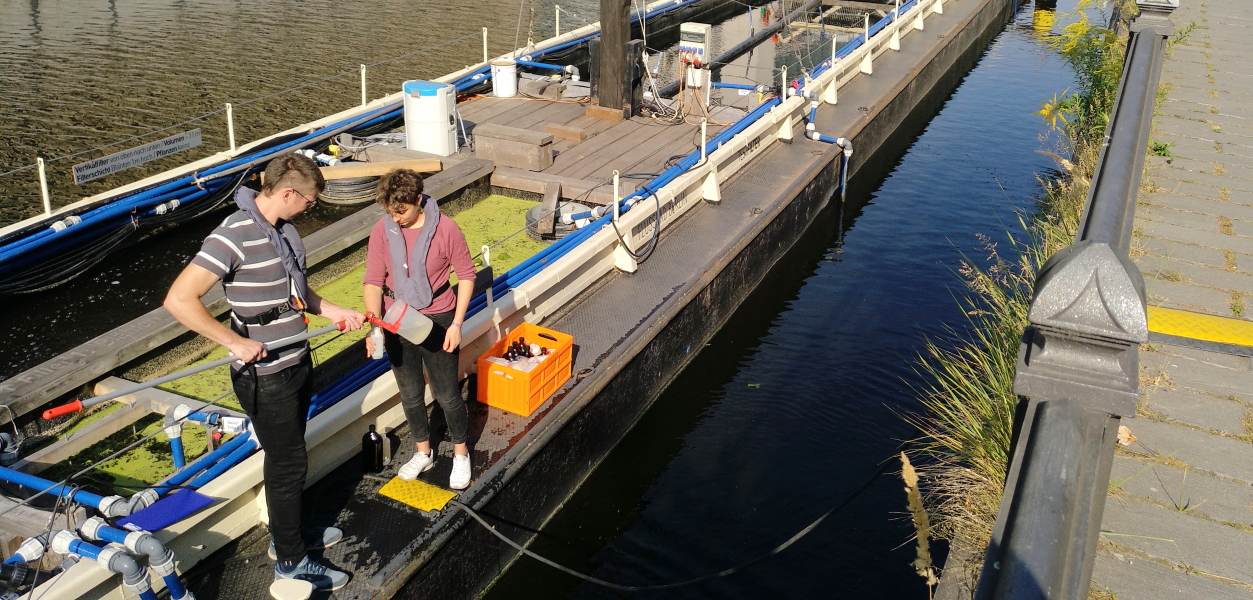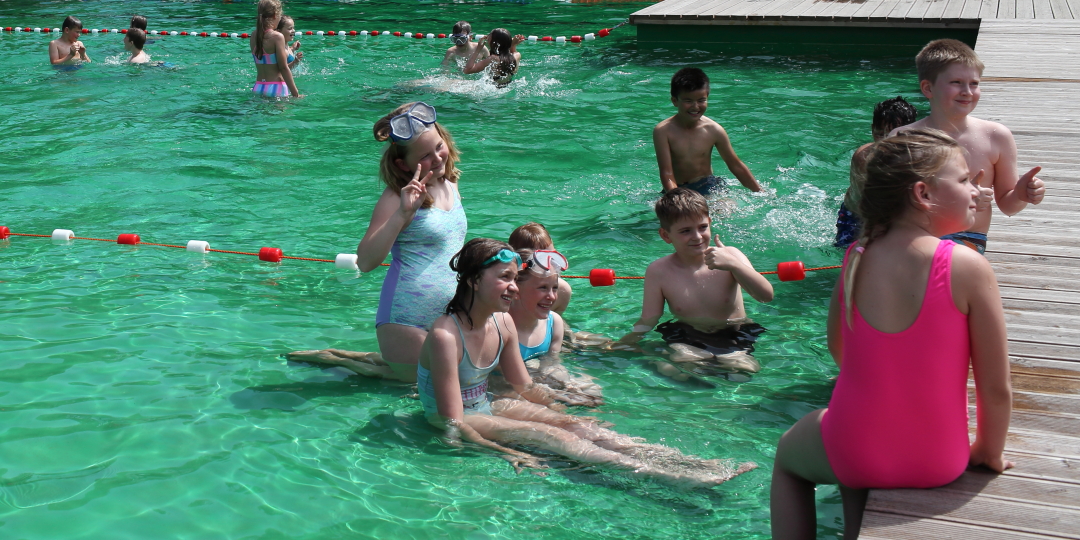

Conversion of sewage gas into electricity in South Africa
Bavarian Innovation Award on Wastewater Treatment 2016
New German Guideline DWA-A 262 at Conference in Nantes
The international IWA conference on sustainable solutions for small water and wastewater treatment systems (s2small2017) was held October 22-26 in Nantes, France. Florent Chazarenc (IMT Atlantique) chairman of the conference emphasized that small systems play a significant role in solving problems of humanity: „Small is beautiful, efficient and affordable – small is the future“ he said. More than 200 participants responded to the call and discussed their proposals for solutions in the areas of resource-oriented sewage systems, wastewater treatment and recycling.
As a German contribution to the improvement of small sewage treatment plants Heribert Rustige, AKUT partner from Berlin, presented the new DWA worksheet A 262 on the topic of constructed wetlands. This guideline is expected to be published in November 2017 and replaces the previous A 262 from 2006, whereas many new solutions and system variants have been added to the new worksheet. This includes the so-called French system, which consists of a combination with raw wastewater pre-treatment in a planted gravel filter and post-treatment in a planted sand filter (e.g. Phragmifiltre). Another newly described method using active aeration is particularly innovative. It was developed by Scott Wallace in the USA and extensively tested on site for several years in Germany by the UFZ research institute in Leipzig.
International Interest in the German Constructed Wetland Guideline
In the past, the A 262 had already attracted interest from other countries. It was last translated into Russian. Many users are now waiting for the release of the current version. An English version will also be available soon from the DWA in Hennef.
The advantage of such a detailed set of rules is the increased safety for planners and operators. The worksheet specifies minimum requirements for the dimensioning of soil filters and refers to values derived from practical experience. The user must check in each case whether the boundary conditions are correct in his application. In doing so, the regulations focus on the treatment of domestic and municipal wastewater, including combined sewerage systems. In addition, the treatment of grey water in soil filters is also taken into account.
The tables, which describe, for example, the different wastewater compositions or specific design values, are helpful. Various useful combinations of processes are shown. However, Rustige emphasized in his speech that the guideline is not a simple construction manual, as it requires specialist knowledge. No design formulas or modeling approaches are shown because they have not yet proven themselves in practice.
What is more interesting is the presentation of minimum requirements with which certain effluent values or performance degrees can be achieved. In the theoretical modeling of treatment efficiency, it is often not taken into account that hydraulics or oxygen transfer rates can be decisive limiting factors, which in the worst case can lead to a total clogging of the soil filter. It is better to orientate oneself on the statistically relevant results derived from practice, as they are used in the A 262.


